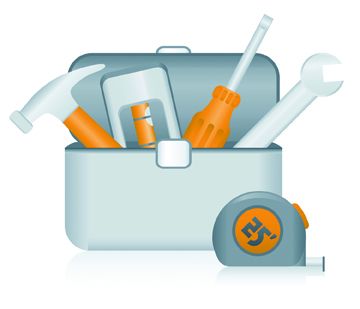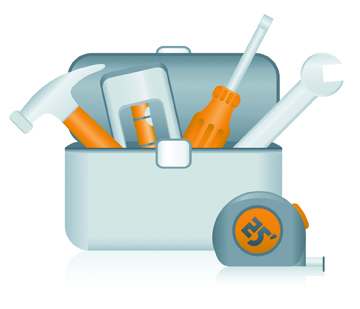
August 2015 Management Toolbox

6 Ways to Be a Better Listener
According to the Greek philosopher Epictetus, we have two ears and one mouth so we can listen twice as much as we speak. But despite our anatomy, some of us could stand to talk a little less and listen a little more closely to what’s being said – and what isn’t being said – by the people around us. This is hardly an easy feat, but it’s well worth the effort. By working to improve your listening skills, you’ll experience fewer miscommunications, learn more from your conversations and demonstrate that you care about and respect what other people have to say. Following are six ways to get you started on the path toward becoming a more active listener.
1. Stop thinking about what you’re going to say next. Have you ever been able to pinpoint the exact moment when someone you were speaking to stopped fully listening to what you were saying? This is both common and natural – when you’re engaged in conversation, you may get distracted, often with thoughts of how you’re going to respond to someone else. However, if you aren’t fully focused on listening, your ability to understand the other person’s point of view is diminished. So, instead of taking the time to mentally prepare your response, clear your mind, make eye contact with the person who is speaking and work to clearly hear what he or she is saying.
2. Point your feet in the direction of the person who’s speaking. The next time someone stops you in the hall or on the job site, take a look at where your feet are pointed while you’re talking. Are they directed at the person who’s speaking to you or are they pointed in another direction? When you point your feet directly at your partner in conversation, it shows that you’re engaged in what they’re saying and helps you to pay closer attention. When one or both feet are pointed elsewhere, that indicates your mind is also somewhere else.
3. Repeat what’s just been said to you. Let’s say one of your employees has come to you with a problem he’s having with a certain task. Once he’s finished speaking, say to him, “I think this is what I heard you say,” and then recap what you heard. This will give him the opportunity to correct any information you might have misunderstood, which will help to prevent miscommunication.
4. Listen to what’s not being said. Much of human communication is nonverbal. When you’re listening to others speak, pay attention not just to their words, but also to their body language and tone of voice. Are their arms crossed? Are they making eye contact with you? What is their vocal inflection telling you? Additionally, keep in mind that your role as a manager and leader in your organization may intimidate others and keep them from verbally expressing what they truly mean. By actively listening without distractions, you have a better chance of reading between the lines when interacting with others.
5. Ignore your technology. If someone wants to talk to you, give them your full attention whenever possible. This means silencing your cellphone, closing your laptop and powering down your tablet. You will undoubtedly miss parts of the conversation if you are distracted by unanswered emails or other items.
6. Give yourself time to listen. Many of us lead incredibly busy lives, so sometimes it feels nearly impossible to give people the attention they need and deserve. Nonetheless, if you truly desire to be a great manager and leader, you must regularly carve time out of your schedule to both speak with your employees and quietly reflect on those conversations.
*****
Create a More Effective Meeting Agenda
Putting together a meeting agenda seems like a pretty basic idea, but the fact is many of us have walked into meetings that either had no agenda or one that was poorly designed or lacked essential information. Why? Because agendas take time to create and people are busy, so they are often neglected. That’s understandable; however, the time it takes to put together a comprehensive agenda prior to a meeting will likely result in time saved in the meeting room.
To help ensure an agenda is provided for each meeting you lead, find or design a meeting agenda template that works for you. There are many available online, or you can create one from scratch and customize it to suit your needs. This process will take time and effort, but once the template is complete, you won’t have to reinvent the wheel every time a new meeting is scheduled. The beauty of an agenda template is that you can use it again and again for future meetings.
At the top of the agenda, list all of the meeting attendance details. This includes the date the meeting will be held; the time it will begin and end; the location, including the office address and room number, if applicable; any dial-in or log-in details if the meeting is being held over the phone or online; and the objective or objectives of the meeting.
In the main body of the agenda, list each meeting topic to be discussed, the amount of time allotted for each topic and who will lead the discussion. Every topic up for discussion should be applicable to everyone scheduled to attend the meeting; do your best not to waste people’s time by talking about subjects that aren’t relevant to them. Also, try to be as specific as you can when listing each topic, and include any questions or concerns you want your colleagues to consider prior to attending the meeting.
Finally, distribute the agenda and any related documents prior to the meeting. Ideally you want to do this at least 24 hours in advance. This will give people time to appropriately prepare for the meeting, whether they are leading a portion of it or simply attending.

